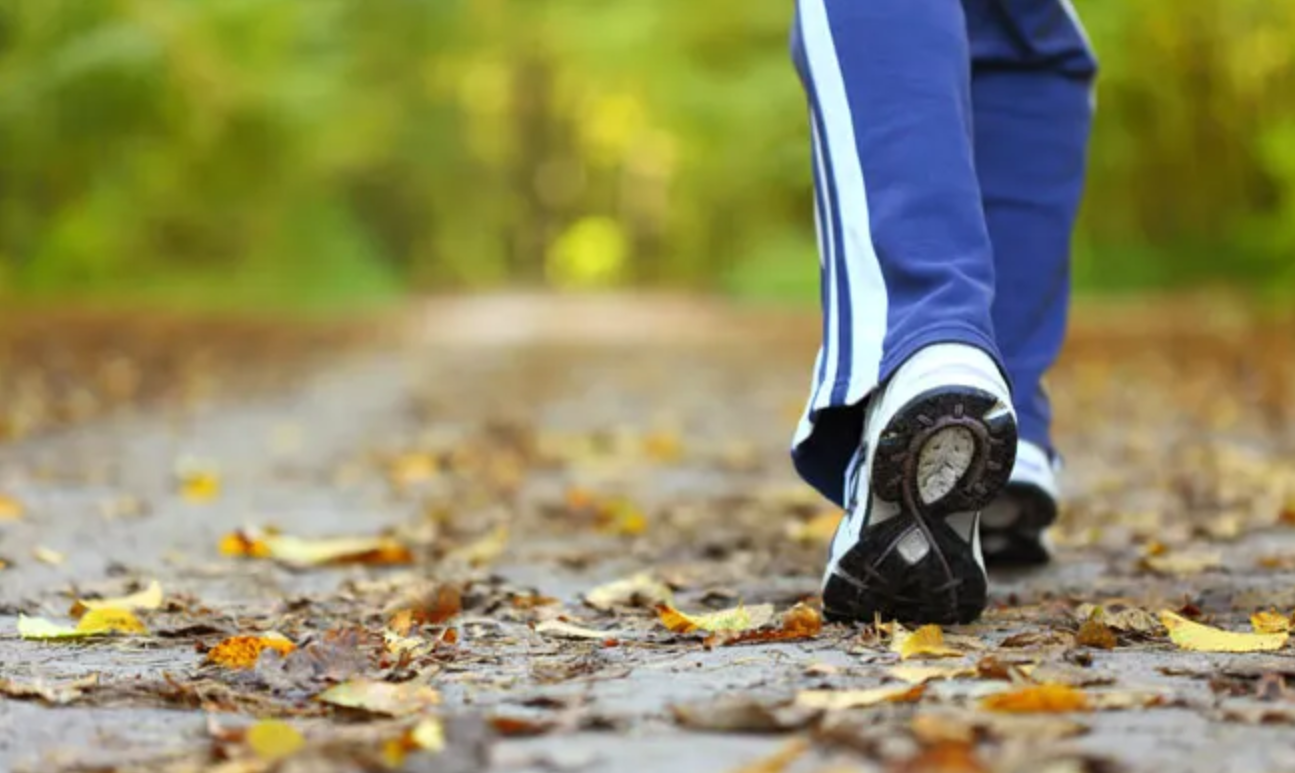
For centuries, people would take a walk after meals. Walking is always an important part of life. What’s the reason? We don’t know. But now you can add at least one reason to a post-meal walk — a new study said it may lower your blood sugar.
The study compared the impact of sitting, standing and walking on the body’s blood sugar levels. People were asked to either stand or walk for two to five minutes every 20 to 30 minutes over the course of a full day. “The total activity time throughout the observation was roughly 28 minutes with the standing and light walking breaks lasting between 2 to 5 minutes,” Buffey said.
“Intermittent (间歇的) standing breaks throughout the day and after meals reduced glucose (葡萄糖) on average by 9.51% compared to sitting for long periods. However, intermittent light-intensity walking throughout the day saw a greater reduction of glucose by an average of 17.01% compared to long-time sitting,” said study coauthor Aidan Buffey. “This suggests that breaking long sitting with standing and light-walking breaks throughout the day is beneficial for glucose levels,” he added.
If people went for a short walk after eating, their blood sugar levels rose and fell more gradually. Keeping blood sugars from spiking is good for the body as fast rises and falls can raise the risk of diabetes and heart disease, experts say. Studies have shown blood sugar levels will rise quickly within 60 to 90 minutes after eating, so it’s best to get moving soon after finishing a meal.
How does movement help? Muscles need glucose to function, so movement helps clear sugars from the bloodstream — that’s the reason why many runners rely on carbo loading before a marathon or race, for example.
1.How does the author lead into the topic of the text?
A By making a comparison.
B By raising a question.
C By listing an opinion.
D By giving a fact.
解析:选D。D推理判断题。根据第一段内容可知,文章开头作者用长久以来人们都会在饭后散步这一事实,引出了饭后散步的原因,最后引出本文的话题:研究表明饭后散步可以降低血糖。故选D。
2.What can we know about the study?
A People were divided into three groups.
B People moved their bodies for half an hour.
C People took breaks for two to five minutes.
D Over twenty people participated in the study.
解析:选C。C细节理解题。根据第二段最后一句的“with the standing and light walking breaks lasting between 2 to 5 minutes”可知,在实验过程中,人们的休息时间为2到5分钟。故选C。
3.Which of the following can do better for blood sugar?
A Occasional standing.
B Light walking.
C Long sitting.
D Lying on the couch.
解析:选B。B推理判断题。根据第三段第一、二句可知,与长时间坐着相比,全天间歇的站立休息平均能降低9.51%的葡萄糖,而全天间歇的轻度步行平均能降低17.01%的葡萄糖。由此可知,全天间歇的轻度步行对降低血糖效果最好。故选B。
4.Which word can replace the underlined word “spiking”?
A Reducing.
B Spreading.
C Stopping.
D Increasing.
解析:选D。D词义猜测题。根据划线部分后文的“as fast rises and falls can raise the risk of diabetes and disease”“rise quickly”可知,血糖飙升和骤降会增加糖尿病和心脏病的风险,血糖一般在餐后60到90分钟内飙升,因此避免血糖“飙升”对身体有好处。故选D。